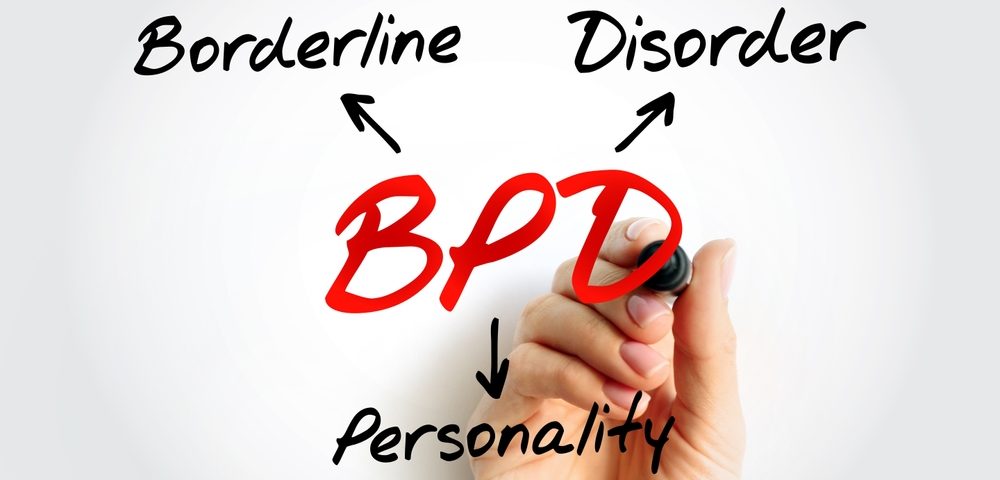
How to Help your Child when a Relationship Ends
June 12, 2024
The Benefits of Ongoing Conversations About Substance Abuse with Your Child
June 17, 2024Borderline Personality Disorder (BPD) manifests differently in adolescents compared to adults, but there are still several signs and symptoms that may indicate its presence. It’s important to note that the presence of these signs alone doesn’t necessarily mean someone has BPD; a proper diagnosis should be made by a qualified mental health professional. Here are some common signs of BPD in adolescents:
- Intense and unstable relationships: Adolescents with BPD may struggle with forming and maintaining stable relationships. They might idealize someone one moment and then quickly shift to feeling intense anger or dislike towards them.
- Impulsive behavior: This can include reckless driving, substance abuse, unsafe sex, binge eating, or spending sprees. These behaviors often occur without consideration for consequences.
- Extreme emotional swings: Adolescents with BPD may experience rapid and intense mood changes, such as feeling very happy one moment and then becoming extremely angry or sad shortly afterward.
- Identity disturbance: They may struggle with a sense of self, frequently changing their goals, values, career plans, or even their sexual orientation.
- Chronic feelings of emptiness: Adolescents with BPD may experience a persistent sense of inner emptiness and boredom. They may constantly seek something to fill this void, often turning to impulsive or self-destructive behaviors.
- Inappropriate or intense anger: They may have difficulty controlling anger and may express it inappropriately, such as through verbal outbursts, physical fights, or self-harm.
- Paranoid thoughts or dissociative symptoms: Adolescents with BPD may experience brief psychotic-like episodes, including paranoia or dissociation from reality, especially during times of stress.
- Fear of abandonment: Adolescents with BPD often have an intense fear of being abandoned or rejected by others. This fear can lead to frantic efforts to avoid real or imagined abandonment, such as repeatedly calling or texting someone they fear will leave them.
- Self-harm or suicidal behavior: Adolescents with BPD may engage in self-harming behaviors, such as cutting or burning themselves, as a way to cope with emotional pain. They may also have recurrent thoughts of suicide or make suicidal gestures.
- Difficulty regulating emotions: Adolescents with BPD may have difficulty managing their emotions, leading to frequent mood swings, emotional instability, and difficulty coping with stress.
It’s important to note that while these signs may indicate the presence of BPD, they can also overlap with other mental health conditions or be part of normal adolescent development. A proper diagnosis should be made by a qualified mental health professional based on a comprehensive evaluation of the individual’s symptoms and history. If you’re concerned about yourself or someone else, it’s essential to seek help from a mental health professional. Early intervention and treatment can greatly improve outcomes for adolescents with BPD.
To learn more tips and parenting subscribe to MASK The Magazine, parenting solutions for today’s families
Subscribe to MASK The Magazine
Or
Did you know that you can add past issues of MASK The Magazine and start your MASK Library –




